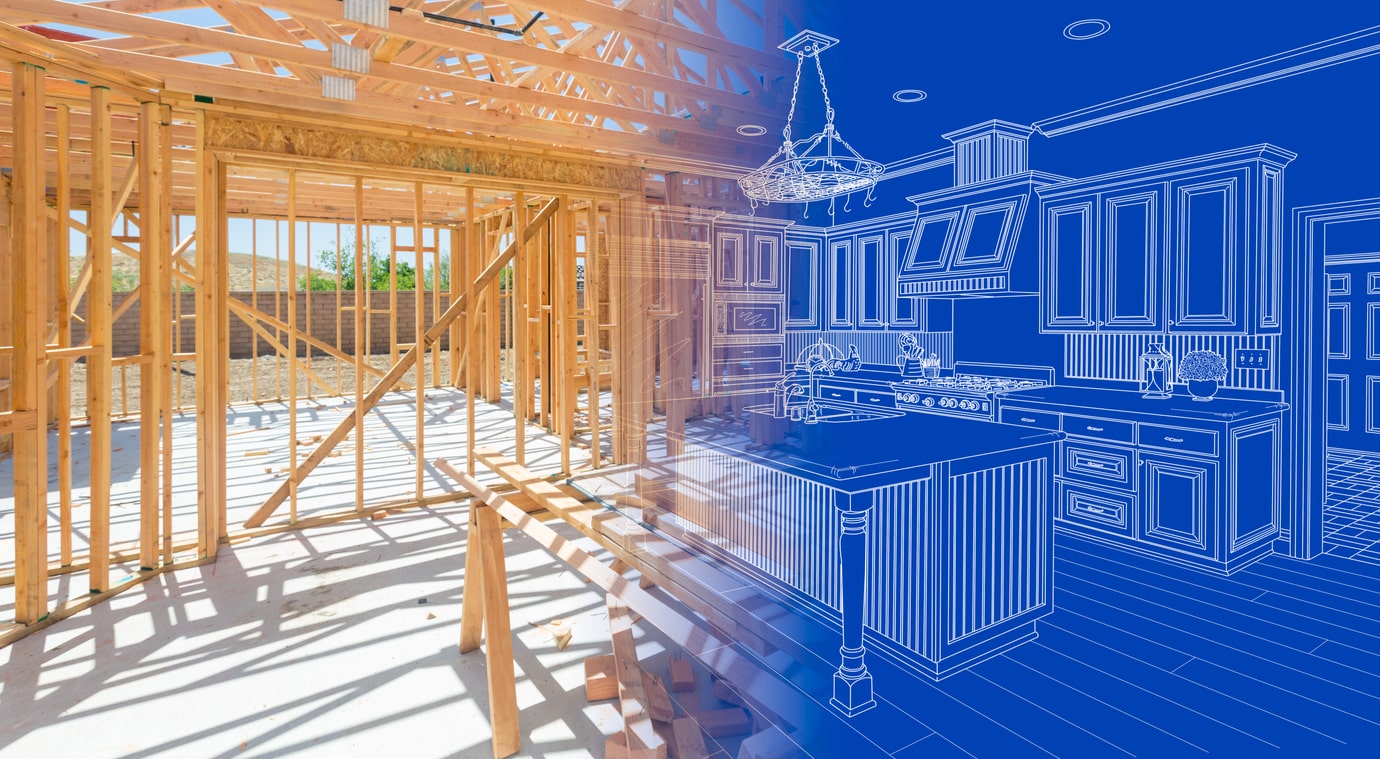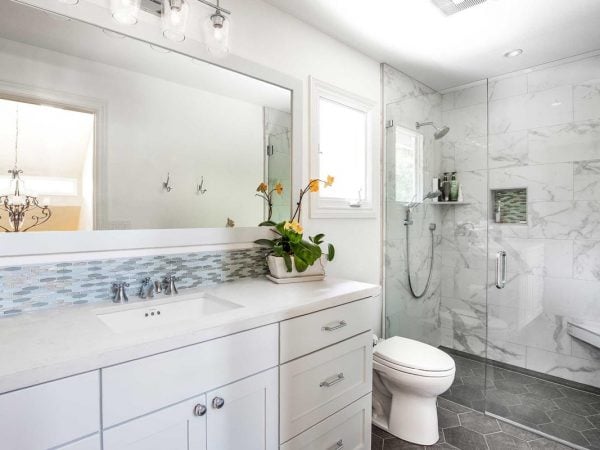If you're a homeowner, you'll likely consider additions or renovations to your home at some point. But many homeowners may become intimidated by the process.
The process can seem overwhelming initially, but if you know where to start and what the process looks like, you can plan for a successful addition to your home. So let's get into how long your home addition will take in Santa Cruz County.
Things to Consider Before Adding to Your Home
Before you start planning for an addition to your home, there are some things to consider first.
What's my budget?
The budget will play a significant role in the scope of your project, ultimately impacting how long the project will take. Figuring out an overall budget can be your first step in planning for your home addition. When planning for the cost of your addition, it's best to overestimate since it's not uncommon for prices of materials to change or there to be unexpected costs if your contractor finds any issues in your home.
Do I need a permit?
Before starting your project, you want to make sure you have any necessary permits to avoid complications later on. If you need to know whether you need a building permit or what steps you need to take to get one, the Planning Department for the County of Santa Cruz is a great place to start. Your contractor will also be able to help you understand what the process is in your county.
DIY Versus Hiring An Industry Pro
With the information available on the internet, DIY has become the go-to for many homeowners. While you may be able to complete some smaller home projects on your own, depending on your experience level, you'll want to enlist the help of a professional contractor for your home addition. Hiring an industry professional is the safest and most efficient way to ensure that the addition home remodeling project gets done correctly.
How Long Will My Home Addition Take?
Since at least part of your home will be closed off during the project, you'll want to know how long the home addition will take. Each project is unique, and the length of a particular home addition project depends on various factors.
Factors that May Affect the Timeline of Your Home Addition
Home additions take time, no matter how big or small the project is. But some factors can significantly impact how long the home addition takes in Santa Cruz County.
Type of home addition
It's difficult to say how long a home addition will take without knowing what kind of work you have done. The overall process could take 3-7 months or more, depending on the project's scope.
Building permits
When it comes to permits and paperwork, delays are commonplace. Even if you have a desired timeline for your project, there may still be delays with starting the work on your home. Delays can be frustrating, but it's better to have all necessary paperwork and permits completed first to ensure it's safe and legal for you to start your home addition.
Weather
In Santa Cruz County, you don't have to worry about a blizzard stopping your home addition project. But there's still the possibility of your project being interrupted by a rainstorm or other weather conditions. The onset of weather, based on the season, is something to consider when you choose a time of year for your home addition.
Changes to the project
The planning phase is critical because it gives your contractor a clear map of what you want from your home addition project. However, it's still possible that you may change your mind about something in the middle of the project. Any contractor will want you to be happy with the result of your home addition project, but changing the design in the middle of the project can contribute to significant delays.
How to Help Your Home Addition Run Smoothly
There are many things out of your control when it comes to the process of home additions, but there are some things you can do to keep your project running smoothly.
Communicate with your contractor
Open communication throughout the project is one of the best ways to keep everything running smoothly and efficiently. If you have a question, concern, or idea- don't until the last minute to bring it up. Weekly check-in with your contractor can be a great way to ensure you're on the same page.
Stick with the plan
Making any changes to the design of your addition after construction has started will delay the project significantly. It's essential that you're happy with the addition to your home, but if you want to avoid any delays, stick with the decisions you made in the planning phase.
Materials Need To Be Ordered Early
Shipping delays or unavailable materials can put your project on hold for an undetermined time. If you communicate what you need or want for your addition up front, your contractor can order any special materials ahead of time to ensure your project keeps moving.
Be flexible
At some point during the project, a delay may be inevitable. It may not be your fault or your contractor's fault, but delays do happen. Try to be as flexible as you can. Remaining flexible helps your contractor and anyone else involved in the project do their job more efficiently to get your project back on track.
Takeaways
A home addition will cause some inconvenience to your routine, so it's important to know how long the project will take. Various factors can impact your project timeline, but choosing the right contractor and sticking to your original plan can help your project move more efficiently.
You may be eager for your new home addition to be ready, but be as flexible as you can throughout the process. Doing things the right way will always be better than taking shortcuts; before you know it, your home addition will be complete.
For more home-related tips, trends, and advice from Lewis Design Build Remodel, read our other blog posts or follow us on Facebook and Instagram. If you're ready to start your own remodeling project or are looking for more remodeling information, check out our pricing guides, frequently asked questions, or get in touch!




